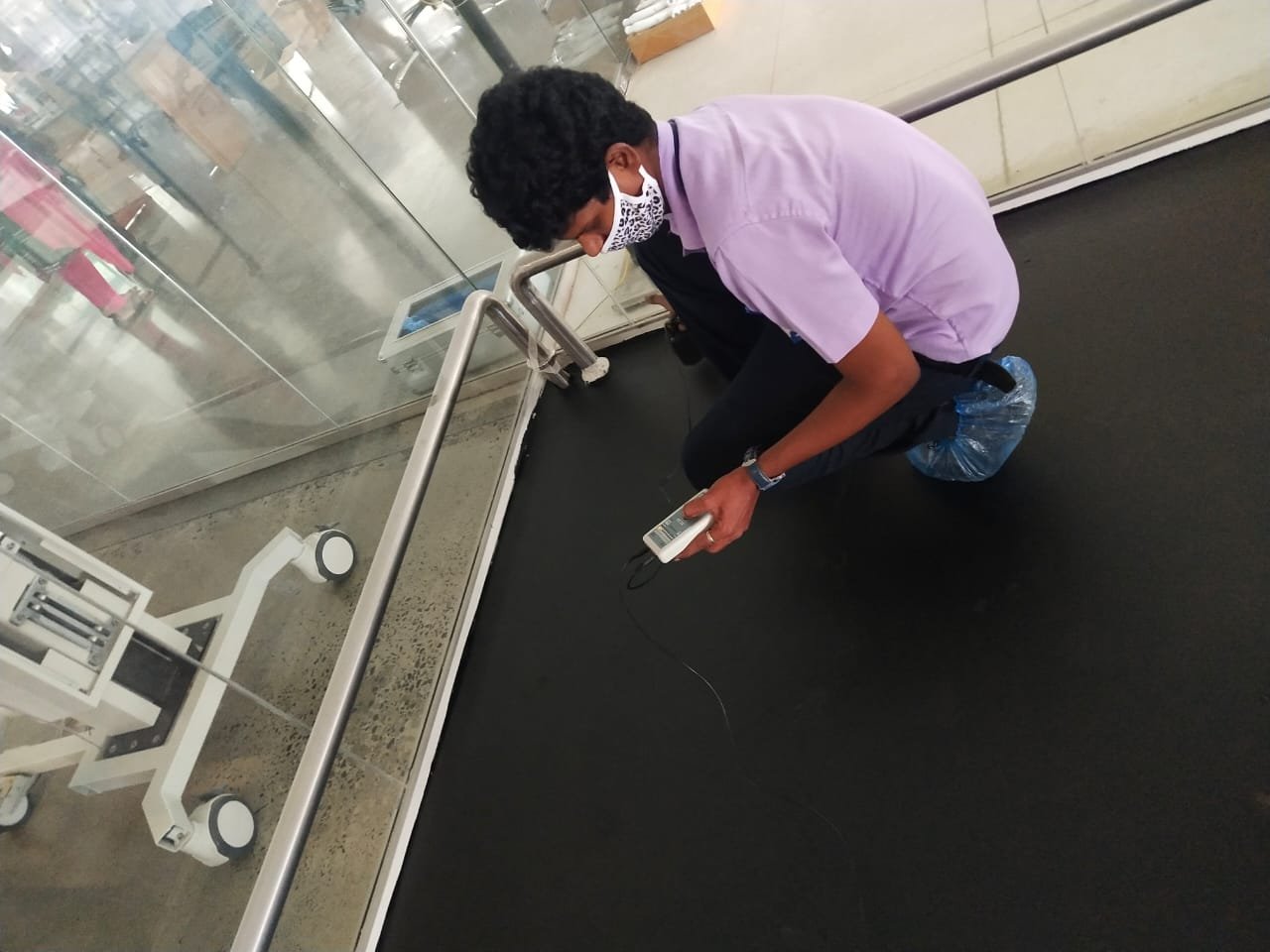ESD EPOXY FLOORING
ESD
EPOXY FLOORING
INTRODUCTION
ESD (Electrostatic Discharge) epoxy flooring is a specialized type of
flooring designed to dissipate static electricity in environments where
sensitive electronic equipment, volatile chemicals, or explosive materials are present.
The primary purpose of ESD epoxy flooring is to prevent static electricity
buildup and discharge, which can damage electronic components or ignite
flammable materials in industrial settings.
KEY FEATURES OF ESD EPOXY
FLOORING
Here are the key features of ESD epoxy flooring:
v Conductive Properties: ESD epoxy flooring contains
conductive materials, such as carbon or metallic particles, dispersed within
the epoxy resin. These materials facilitate the controlled dissipation of
static electricity, preventing the buildup of electrostatic charges on
surfaces.
v Static Dissipation: The primary function of ESD
epoxy flooring is to dissipate static electricity, preventing damage to
sensitive electronic equipment and minimizing the risk of sparks that could
ignite flammable materials.
v Protection of Electronics: ESD epoxy flooring provides
a protective barrier against electrostatic discharge, shielding electronic
components from damage caused by static shocks or sparks. This feature is
crucial in environments such as electronics manufacturing facilities,
laboratories, and clean rooms.
v Safety: By reducing the risk of static electricity buildup,
ESD epoxy flooring enhances safety for personnel working in environments where
electrostatic discharge poses a hazard. It minimizes the occurrence of static
shocks, which can cause discomfort or distraction, and mitigates the potential
for accidents in settings with sensitive equipment or volatile materials.
v Durability: Like traditional epoxy
flooring systems, ESD epoxy flooring is highly durable and resistant to
chemicals, abrasion, and wear. This durability ensures long-term performance
and minimizes the need for frequent maintenance or replacement.
v Customization: ESD epoxy flooring can be
customized to meet specific requirements, including variations in color,
texture, and finish. This customization allows for seamless integration into
existing design schemes while maintaining the necessary electrostatic
dissipative properties.
v Compliance with Standards: ESD epoxy
flooring is designed to meet industry standards and regulations governing
electrostatic discharge control, such as those set by ASTM, IEC, or ANSI/ESD
(Electrostatic Discharge Association). Compliance with these standards ensures
the reliability and effectiveness of the flooring system in mitigating static
electricity risks.
v Ease of Maintenance: ESD epoxy flooring is
relatively easy to maintain, requiring regular cleaning with appropriate
detergents and procedures to preserve its conductivity and protective
properties. Routine maintenance helps extend the lifespan of the flooring and
ensures consistent performance over time.
These key features collectively make ESD epoxy flooring an essential
component in environments where electrostatic discharge control is critical, providing
both protection for electronic equipment and safety for personnel.
CONCLUSION
ESD epoxy flooring offers a comprehensive solution for environments
where electrostatic discharge poses a risk to sensitive electronic equipment,
personnel safety, and the integrity of operations. By effectively
dissipating static electricity, ESD epoxy flooring provides crucial protection
against damage to electronics and enhances safety by reducing the occurrence of
static shocks.
Related Posts
Leave a Reply Cancel reply
You must be logged in to post a comment.




